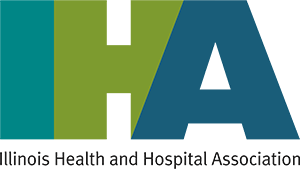Rush Health
Using Telemedicine to Provide Support and Fight COVID-19
Telehealth is a key part of Rush Health’s strategy to slow the spread of COVID-19 in the Chicago communities and suburbs it serves.
A recent example: A patient driving to work stopped along the way because he was concerned he had the virus. He pulled out his cell phone and contacted Rush by video.
“We literally turned him around from going to work and said you should be at home,” said Anthony Perry, MD, a general medicine physician at Rush University Medical Center in Chicago. “It really is a beautiful way to minimize risk of transmission.”
Rush’s three Chicago-area hospitals all offer telehealth. At Rush Copley Medical Center in Aurora, many local families rely on the hospital’s support group for addiction issues. Social distancing rendered the meetings impossible, but Don Kalish, the hospital’s vice president of finance, knew the group was a lifeline for many. So it went online.
At Midwest Orthopedics at Rush in Oak Brook, Brian Forsythe, MD, uses video to stay connected with his patients and perform routine follow-up appointments. Seeing patients’ facial expressions and movement offers key insights for their treatment.
“The data are clear: COVID-19 has changed the landscape of the delivery of healthcare,” said Tatyana Popkova, senior vice president for strategy. “Patients and providers agree that innovations, such as telemedicine and video visits, provide comfort and confidence for patients fearing coronavirus, without sacrificing their ability to get the care they need. Rush is aggressively embracing new, contact-free approaches.”

